
Blog
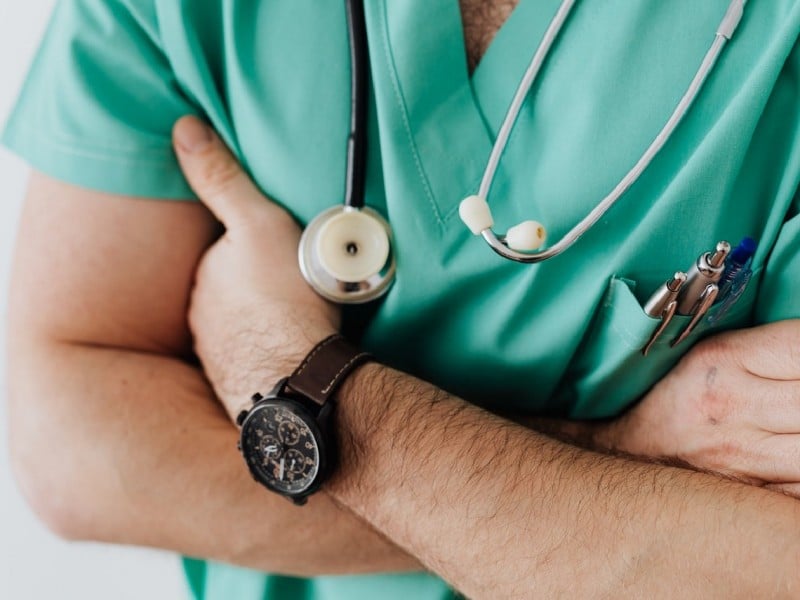
Buying an autoclave: here's what you should know before purchasing a steam sterilizer
Buying an autoclave is becoming an increasingly common practice in the healthcare industry. If you are in the market for an on-site sterilization solution for your medical facility that allows you to reuse medical equipment and tools without any risk of infection to patients and staff, there are several things you should consider before purchasing a new steam sterilizer. Celitron’s next article is here to shed some light on the most important factors to consider!
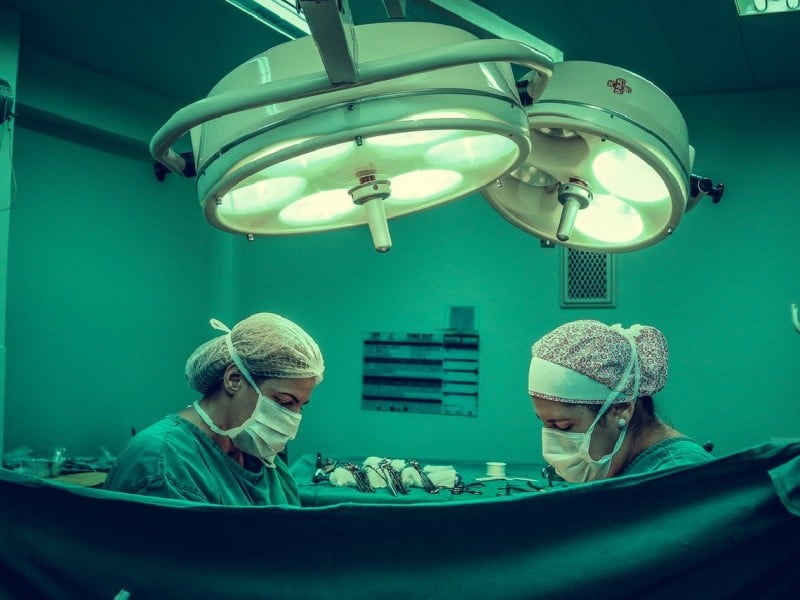
What is healthcare risk waste and how should its disposal be handled?
The healthcare industry produces a huge amount of waste that can be considered a biohazard risk. Still, thanks to more modern on-site solutions, health care risk waste disposal can be handled safely, and more easily by medical staff. In Celitron’s next article, we shall discuss what healthcare risk waste is, how it can be identified, stored, as well as one of the best ways to handle its disposal right at the site of your medical facility!

Liquid medical waste disposal in hospitals: how to proceed with materials contaminated by blood? The benefits of on-site treatment
The disposal of liquid medical waste like blood is just as much of an issue in hospitals as the removal of other types of waste. How should it be stored? What should hospitals avoid doing at all costs? In Celitron’s next article, we will answer all these questions as well as discuss how hospitals can treat medical waste on-site with our disposal solution!
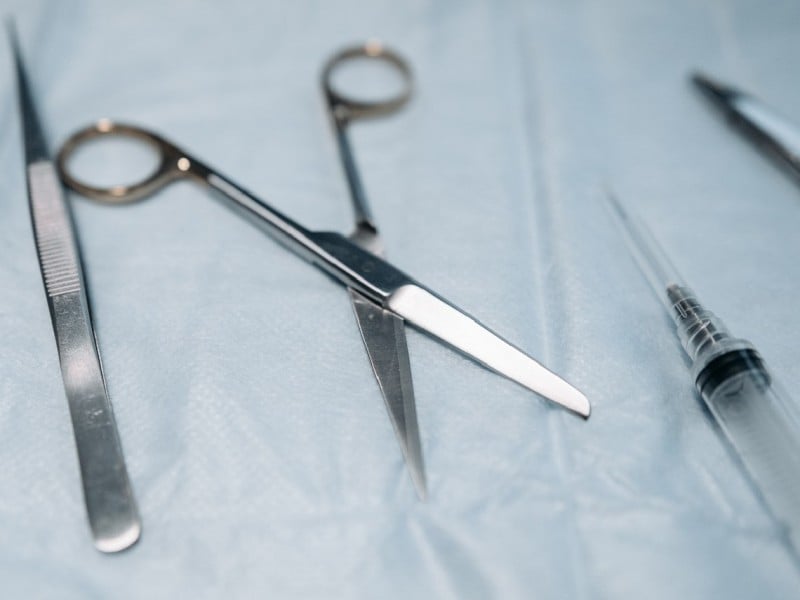
Autoclave compatible materials – What kind of materials can be sterilized in an autoclave?
What can we consider autoclave compatible materials? Steam sterilizers like Celitron’s machines have become one of the most popular on-site sterilization solutions for medical facilities and are already present in more than 40 countries all around the globe. Read on to find out what kind of materials can be sterilized in an autoclave!
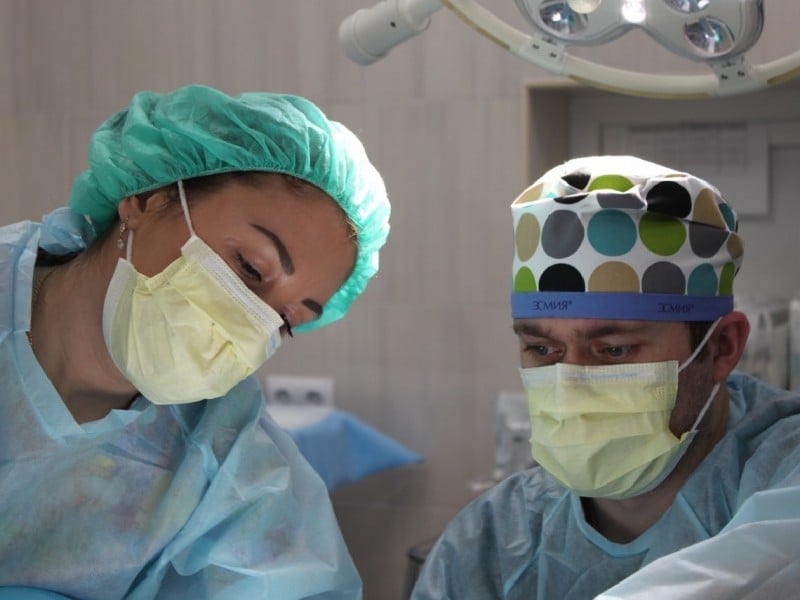
Steam sterilizer autoclaves – Where to buy, how to choose?
Steam sterilizer autoclaves have been here for quite a while. Ever since their inception near the end of the 19th century, they have become one of the most popular on-site treatment methods for sterilizing certain types of medical waste as well as medical tools.
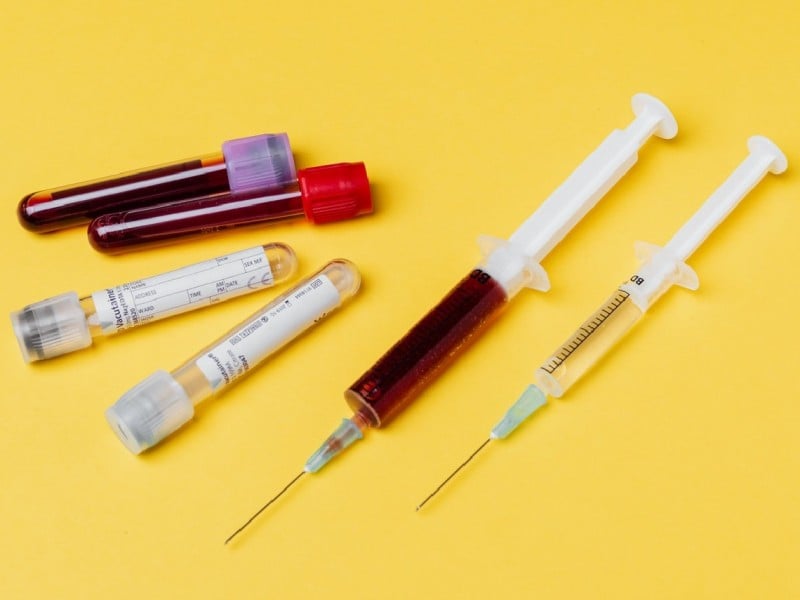
Medical waste storage requirements – what kind of containers do you need to use before disposal?
In Celitron’s following article, we shall give you a rundown about basic medical waste storage requirements, color-coded containers, as well as how you can make the storage procedure easier with on-site medical waste treatment methods!
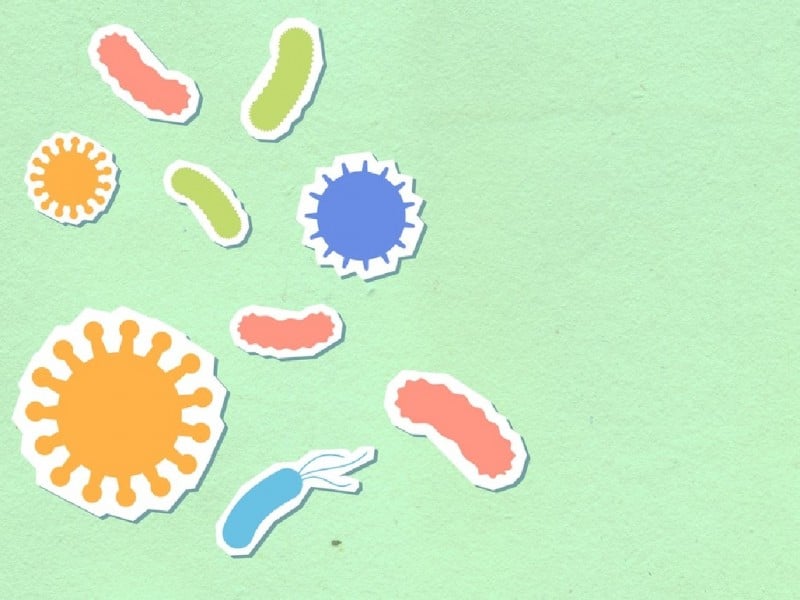
Why is it better to eliminate infectious medical waste onsite? How to handle proper disposal?
Eliminating infectious medical waste onsite is becoming increasingly popular as a more practical, and safer way to handle the disposal of hazardous materials at the site of hospitals, clinics, and other medical facilities. In Celitron’s next article, we will discuss why it is better to eliminate infectious medical waste onsite, as well as how you can easily do it with our own patented waste disposal solution!

Agricultural waste and farm waste disposal methods: how to make the most out of animal carcass waste
In Celitron’s next article, we will be taking a look at the several agricultural waste disposal methods, and show you how you can make the most out of animal remains right at the site of your farm, with no storage or transportation issues!

Animal waste disposal methods: how to get the most out of carcass remains with a rendering plant
There are several animal waste disposal methods that allow you to get rid of carcass remains at your farm or slaughterhouse. In this article, we will discuss how you can recycle all your animal carcasses into valuable by-products with Celitron’s on-site rendering plant!
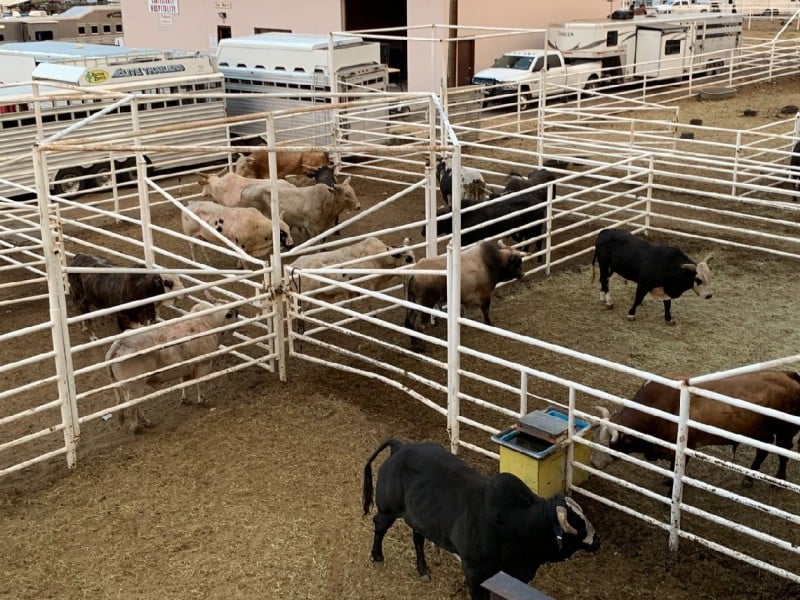
Dead animal carcass disposal: what is the best method for slaughterhouses and farms?
The disposal of dead animal carcass waste is an issue everyone working in the agricultural and meat industry needs to handle. So, what if we told you there was a way to make the most out of this responsibility? In this article, we will be discussing how slaughterhouses and farms can benefit from Celitron’s own dead animal disposal solution: the ISS AGRI Facility!
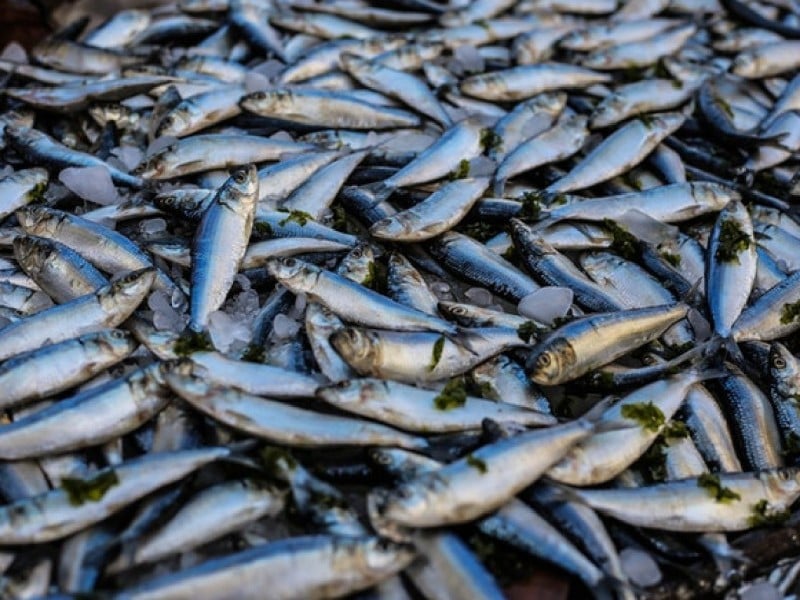
This is how an onsite fish rendering plant helps you get sustainable fish meal
Read on to know how to make the most out of fish by-products with Celitron’s onsite fish rendering plant!

Insect-based protein for animal feed? A sustainable alternative for livestock and pets
In Celitron’s next article, we will be discussing the benefits of using insect-based protein for animal feed, and how you can easily process right at the site of your farm with our user-friendly insect protein extraction equipment!